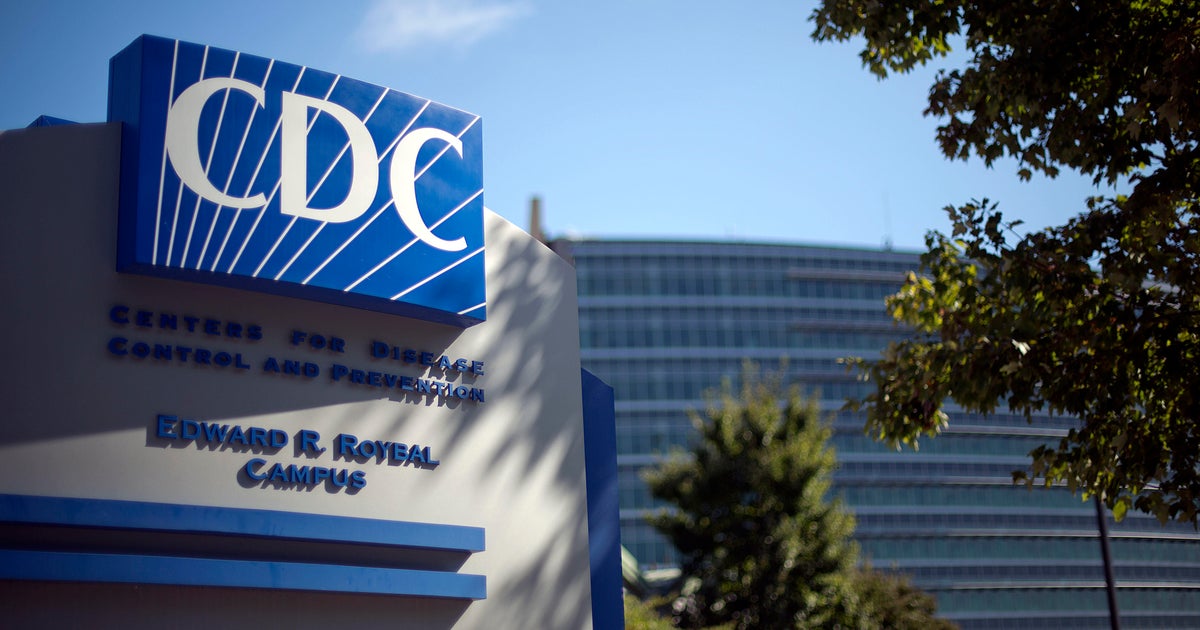The Centers for Disease Control and Prevention is now forecasting an acceleration in new COVID-19 hospitalizations over the coming month, the agency said this week, replacing a previous projection that admissions would “remain stable or have an uncertain trend.”
It comes as health officials are racing to study a new highly mutated COVID variant called BA.2.86, nicknamed “Pirola” on social media, that has begun to emerge around the world.
While officials say it is too early to know whether the strain will drive a further surge in COVID hospitalizations, the variant’s broad number of mutations has prompted worldwide scrutiny.
Existing COVID-19 tests and medications “appear to be effective with this variant,” the CDC said in a risk assessment published Wednesday, and updated vaccines scheduled to be rolled out next month are expected to “be effective at reducing severe disease and hospitalization” from BA.2.86.
But the strain’s large number of mutations could also pose new challenges for immunity from prior infections and vaccinations, the agency warns. Further research with the BA.2.86 strain will be needed to better understand BA.2.86’s potential impact.
How are COVID hospitalizations trending?
Trends in cases have been difficult to monitor meaningfully after the end of the public health emergency. Officials have leaned on figures still being reported from hospitals, like new admissions and emergency room visits, to track upticks in the virus.
Before BA.2.86’s emergence, new admissions of patients with COVID-19 had already been climbing. Experts think this uptick in hospitalizations was mostly from infections caused by other less-mutated variants, similar to waves seen during previous summers.
Weekly new hospitalizations jumped 21.6% this past week, the CDC said, marking a fifth straight week of increasing admissions.
No unusual uptick in hospital trends so far has been spotted in places that reported early cases of BA.2.86 compared to neighboring regions, the CDC said, though officials will be closely monitoring rates in the weeks to come.
“It is also important to note that the current increase in hospitalizations in the United States is not likely driven by the BA.2.86 variant. This assessment may change as additional data become available,” the agency said of BA.2.86.
Where has BA.2.86 been spotted?
According to records from GISAID, a global virus database, infections of BA.2.86 have been confirmed in at least five countries: South Africa, Denmark, the United Kingdom, Israel and the United States.
In the U.S., at least three states – Michigan, Virginia and Ohio – have reported the variant.
The first reported case had been sequenced by a lab at the University of Michigan, in an older adult who was not hospitalized.
A case was also later reported by CDC’s airport testing program at Dulles International Airport in Virginia, from a sample of an asymptomatic woman who had traveled to Japan. That sample is now being scrutinized by CDC scientists.
“The identification of BA.2.86 was confirmed by genomic sequencing. The sample is currently at CDC laboratories for further characterization,” Brookie Crawford, a spokesperson for Virginia’s health department, told CBS News.
A sample from sewers in Ohio is also now being investigated after a preliminary detection of the variant in that state’s wastewater.
“ODH is working with the CDC on further evaluation of the sample. As this preliminary detection has not been confirmed, ODH at this time cannot provide any further information,” Ken Gordon, a spokesperson for the Ohio Department of Health, told CBS News in a statement.
Should you get another booster and mask up?
While far from previous peaks seen of the virus, the worsening COVID trends translates to nearly 10 million Americans now living in areas the CDC deems to be at “medium” COVID-19 levels.
Florida’s Palm Beach and Hillsborough counties are among the most populous communities at this tier, where the agency urges some additional precautions for some people to avoid the virus.
Those recommendations include wearing a high quality mask when indoors in public, for people who are at high risk of severe disease.
For the general public, the agency says Americans should consider self-testing and masking for contact with others who are at high risk.
They also continue to urge people to get the updated COVID shots, after they are expected to be recommended next month, and stay home if you are sick.
“At this time, we don’t know how well this variant spreads, but we know that it spreads in the same way as other variants,” the CDC says.














